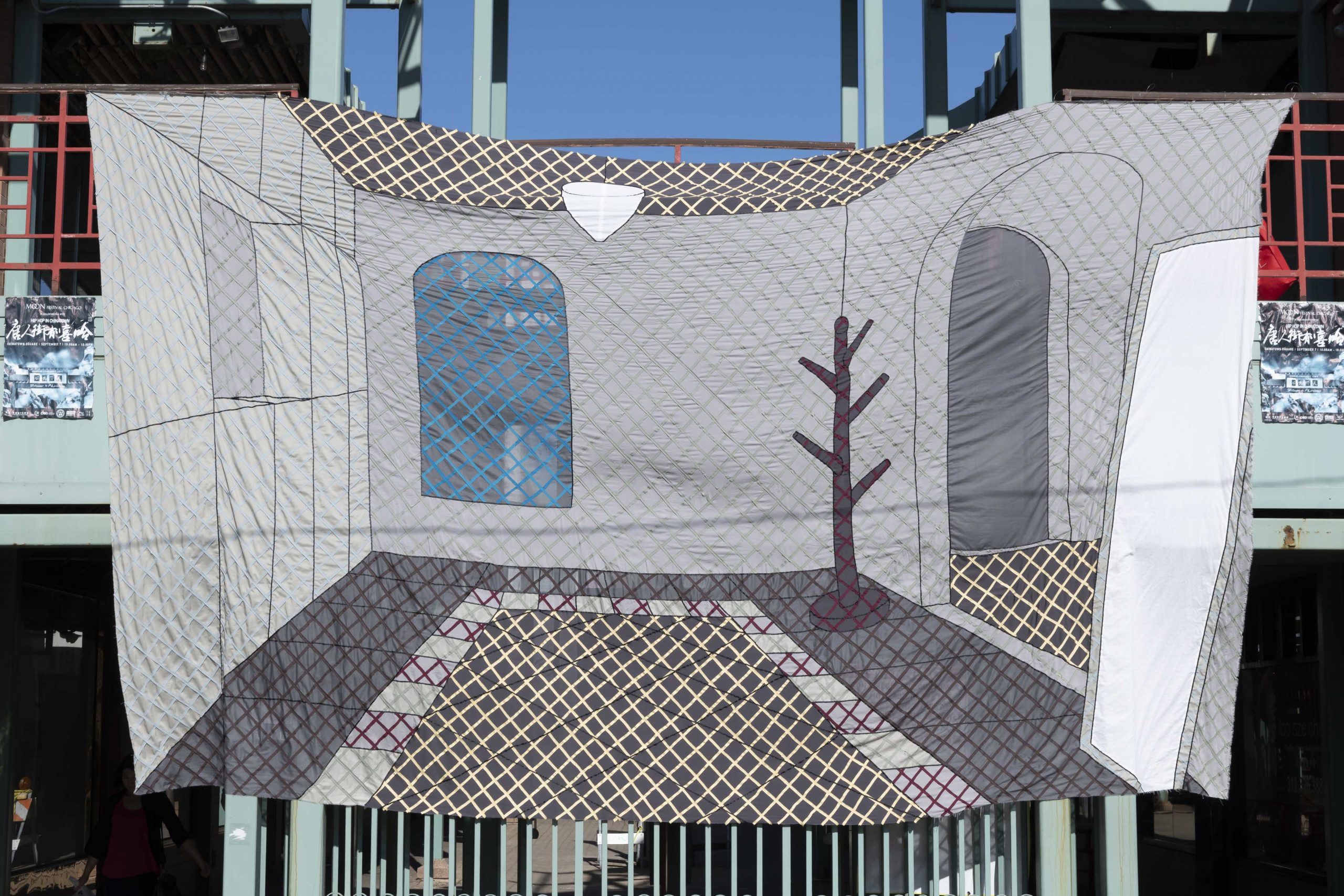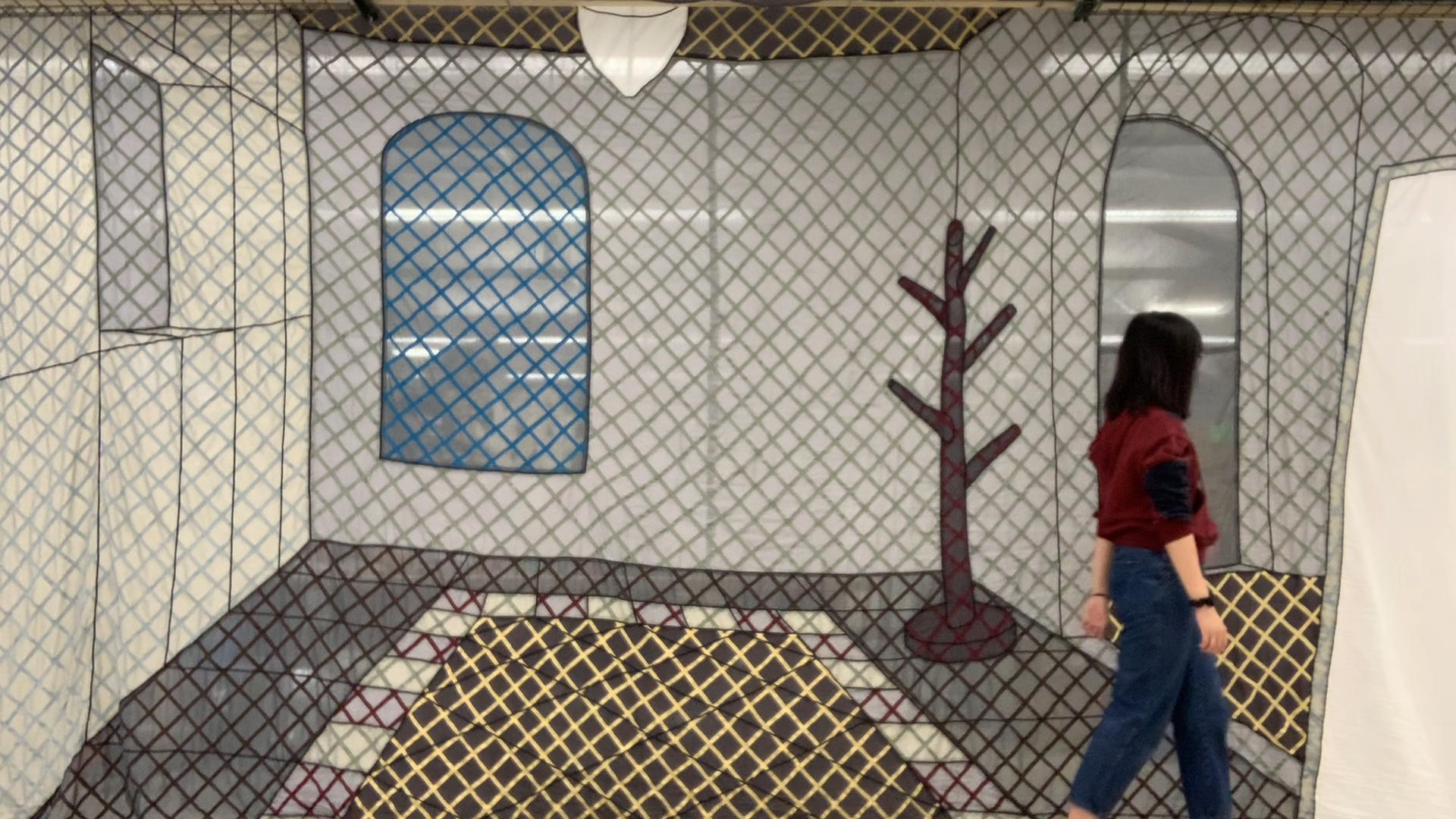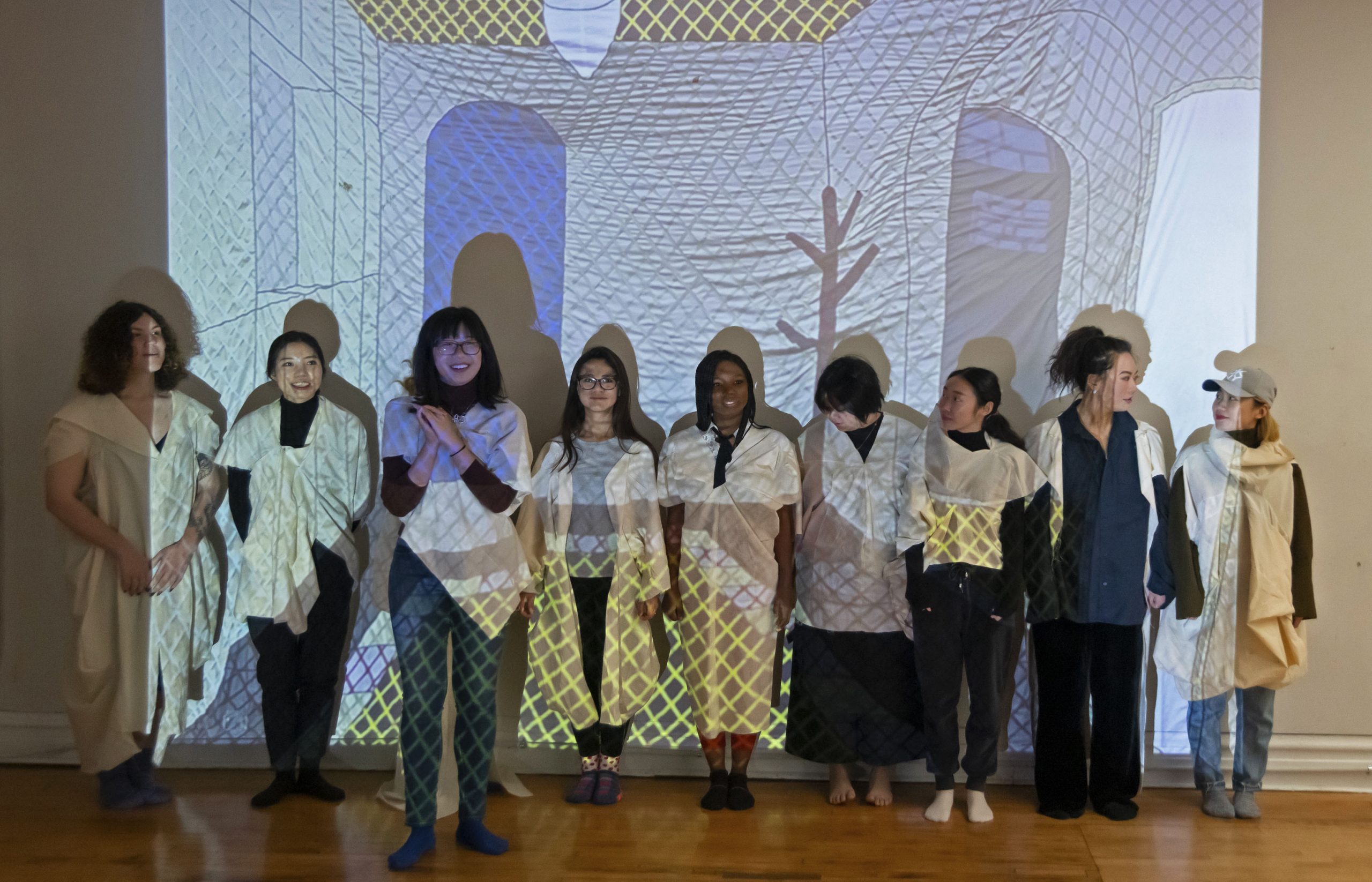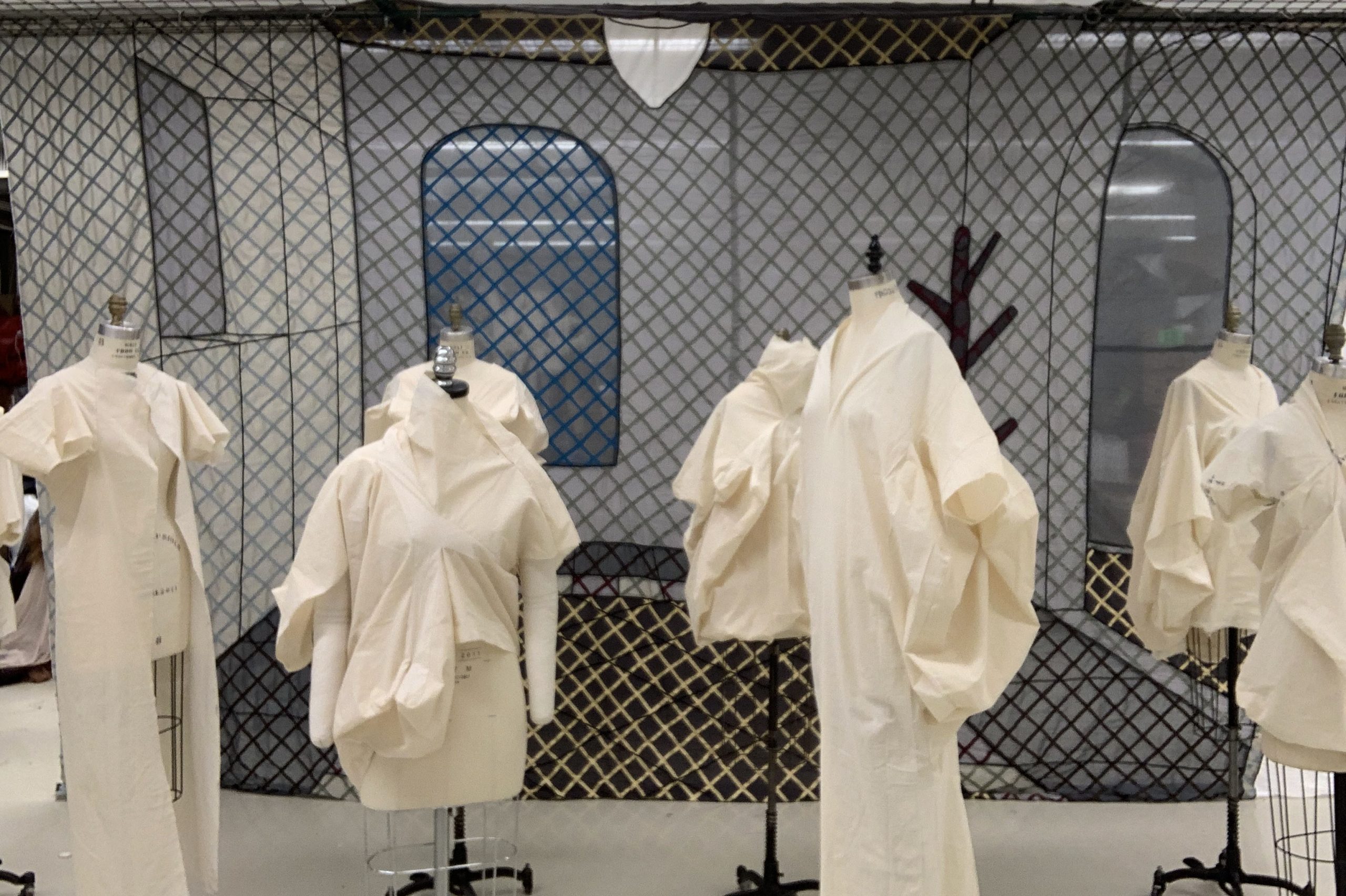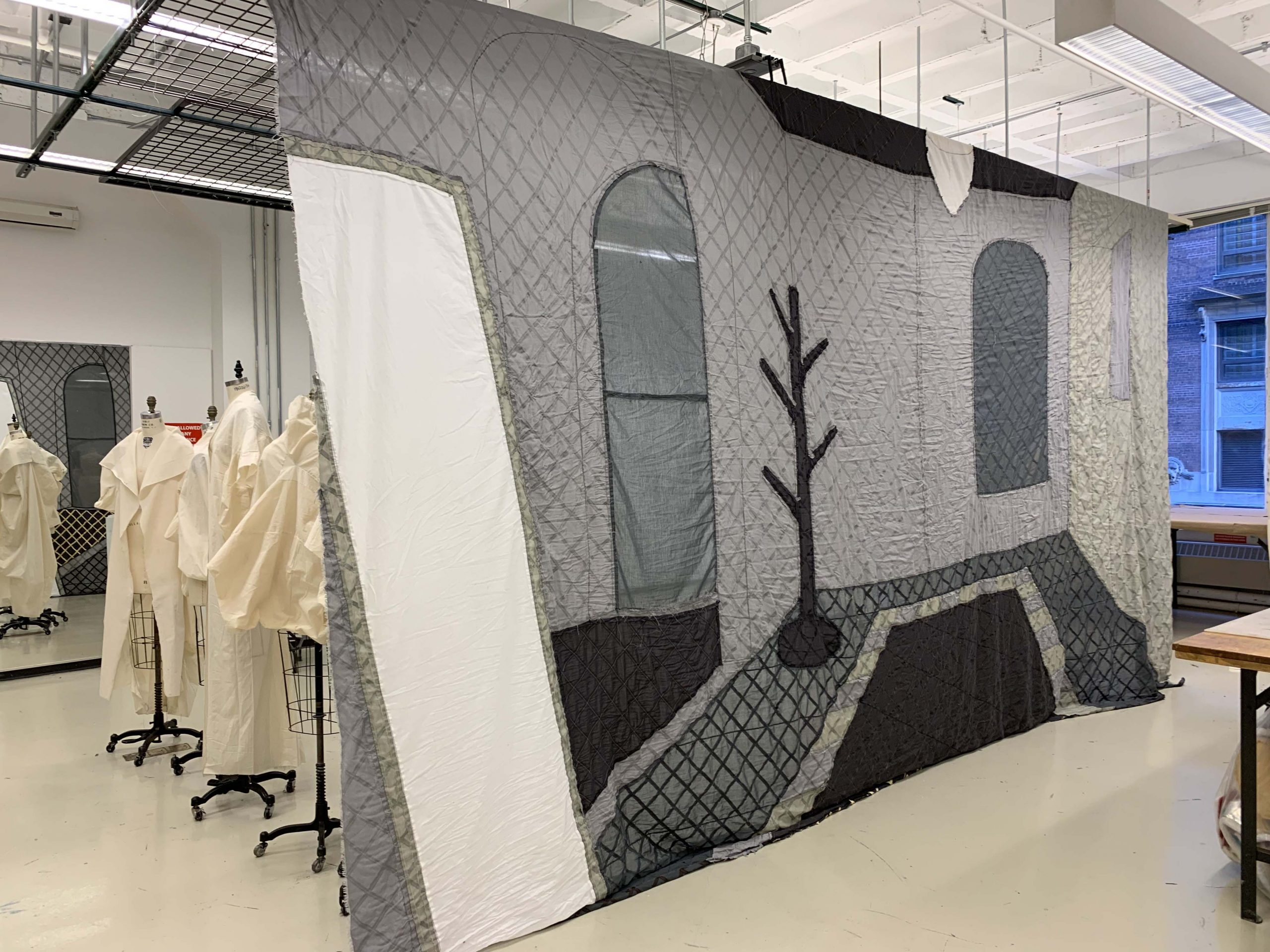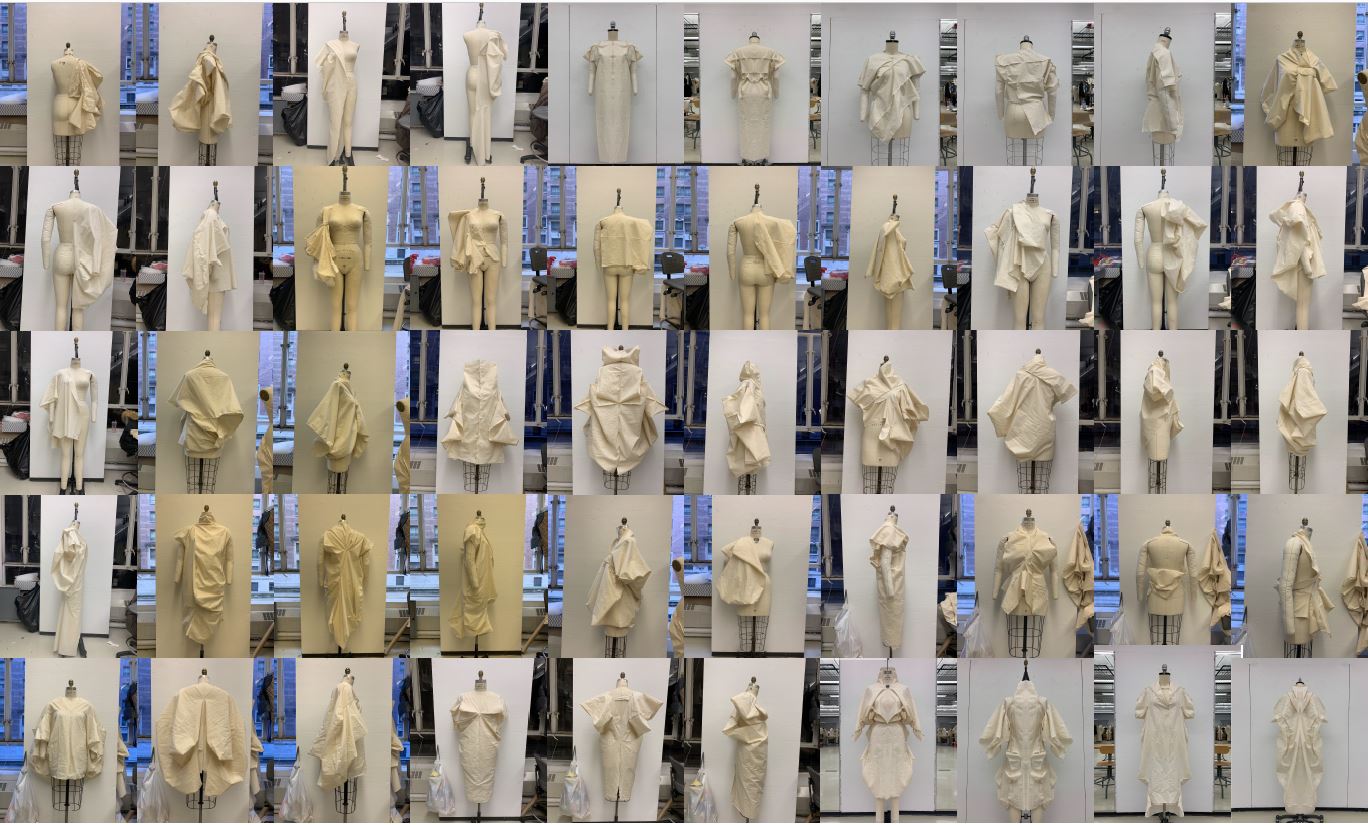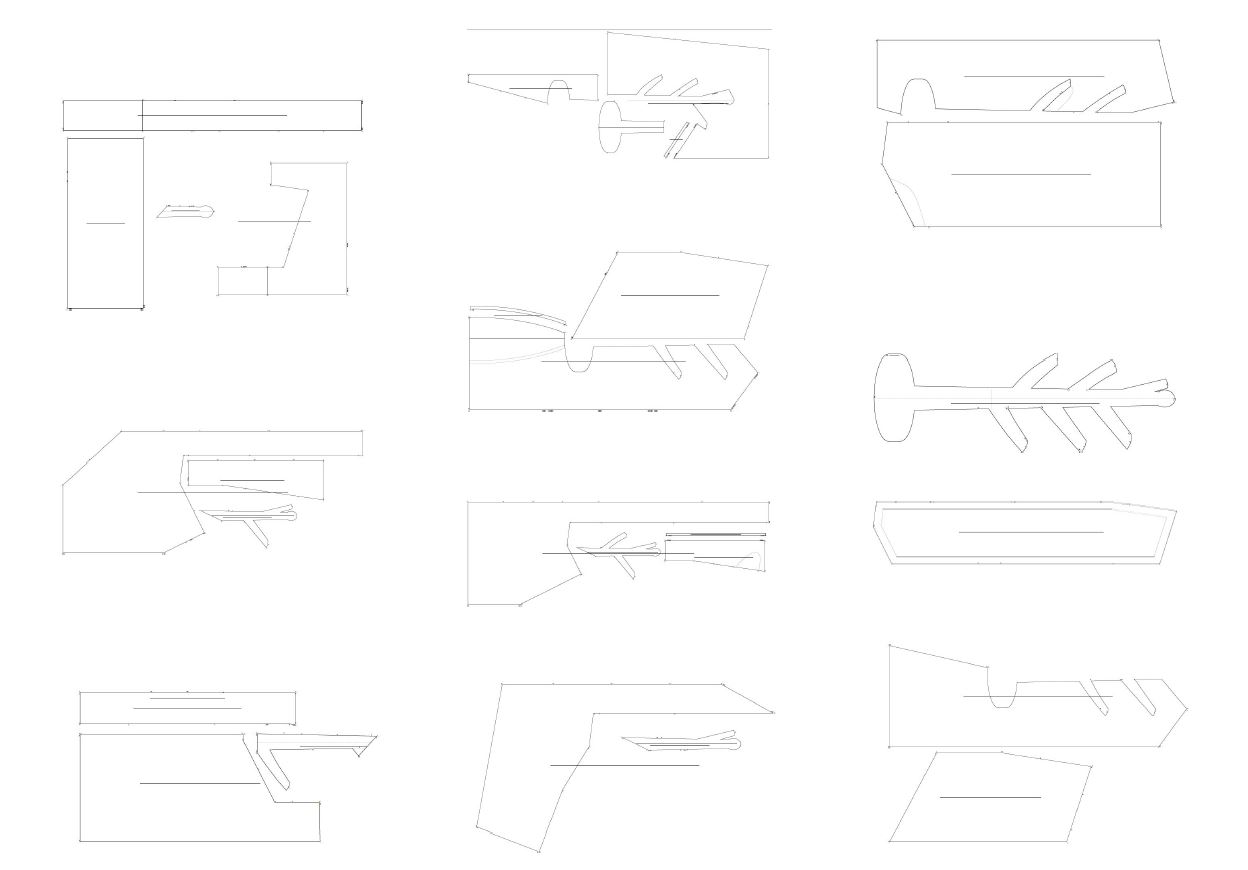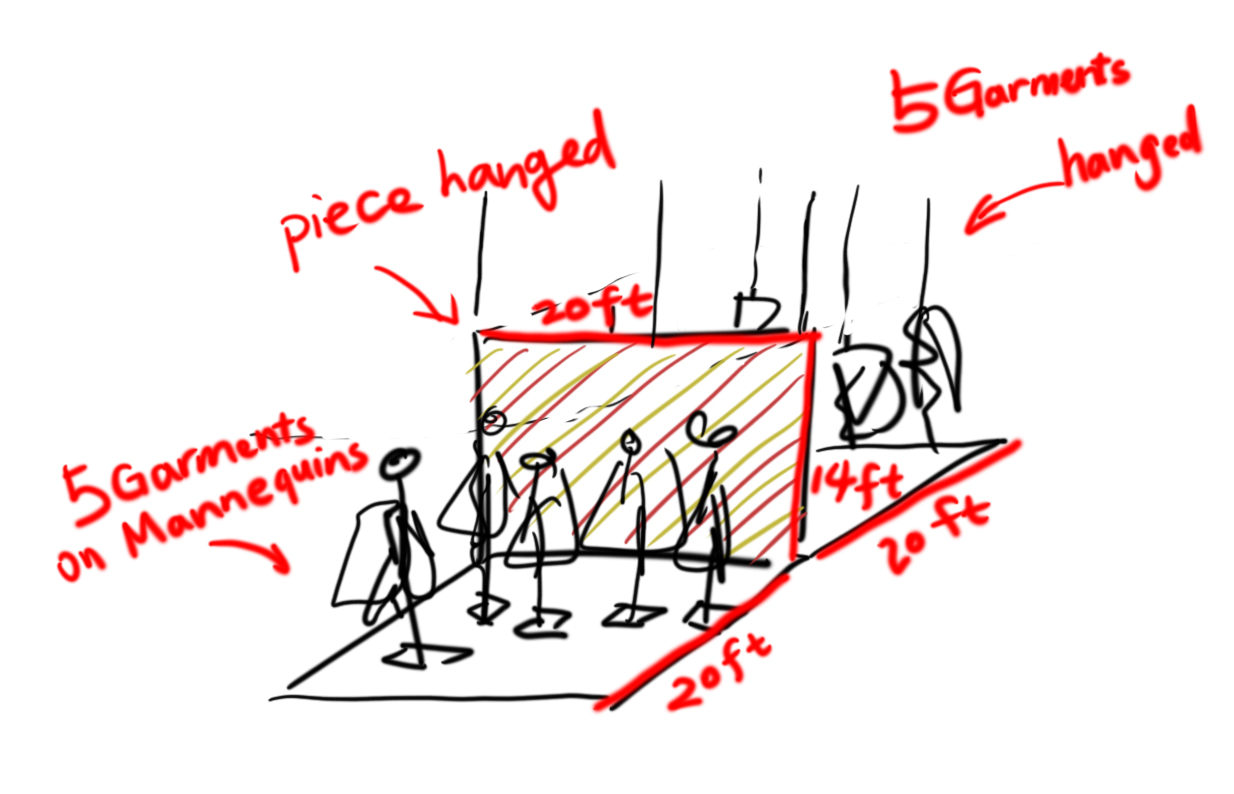There is a permanent voice whispering in my mind. It’s like a gravitational or magnetic field. It concerns me a lot of time — most of the time: a sense of displacement, of insecurity, thoughts of love, missing family and friends, and the differences between me and others. You cannot see it, but always know its existence.: It is homesickness.
There is a permanent voice whispering in my mind. It’s like a gravitational or magnetic field. It concerns me a lot of time — most of the time: a sense of displacement, of insecurity, thoughts of love, missing family and friends, and the differences between me and others. You cannot see it, but always know its existence.: It is homesickness.
The earliest Chinese immigrants built Chinatowns all over the world to relieve their feelings of homesickness. I have created a home for myself in Chicago, being a foreign student far away from home as well. It is a replica of the foyer of my home in China. I restored the layout of the room and followed the rules of perspective as closely as possible to keep its authenticity.
The image of the home differs widely among individuals and periods. This is the first time I have been alone and away from my country for such a long time. How warm my home was, how bitter the memories are. I deliberately created a sense of emptiness in my work. A foyer is a special space that witnesses departures and arrivals. It is unlike a bedroom or a living room where people spend a lot of time. The foyer is a transitional space where people spend the least time. It is a home’s place for entrance and exit. Its sole function is for people to pass through it. There is a strong tension between conflicts and covenants.
In the real world, the foyer is filled with many things. But in my piece, I only include three items: a coat rack, a mirror and a light. They are lifeless objects, quiet and unnoticeable, yet they also are witnesses to the stories in every family.
One of the main ideas behind the development of this concept is “illusion.” It is a fictional scene. And at the same time, it conveys a series of complicated emotions yearning for home. It is abstract and unreal, like an illusion.
I’m obsessed with the word “hallucination.” “True, good, and beautiful” and “false, evil, and ugly” are a set of totally opposite terms. Everyone praises the “true, good, and beautiful” and criticizes the “false, evil, and ugly.” Illusions are false; yet they are powerful as well. They hold the power of belief like religious myths, national stories, classics, and so on. These fictions are never worthless because they are false. The techniques I have applied to the work that emphasize this sense of illusion are Munker-White’s illusion, Chroma subsampling, and low-pass filter. When we look at things, our brain compresses visual information. If we don’t take the time to examine objects carefully, our mind will give us an overall impression of what’s there.
My collection of ten garments emerged out of the illusion piece as my story transformed. I introduce body figures into the room by creating garments. It represents the way I am making my friends into new families to help me get connected to a strange situation. I am very happy and satisfied to have all my friends wear my first muslin garments in my “home” for the second critique. The final fabrics of my garments are printed with a digital version of the foyer. It is a consistent approach that completes the story.
“Coming home from very lonely places, all of us go a little mad: whether from great personal success, or just an all-night drive, we are the sole survivors of a world no one else has ever seen.”
― John Le Carré

